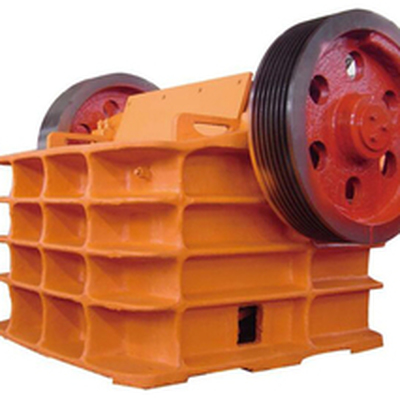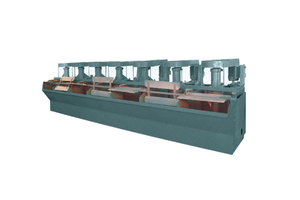Flotation Equipment Working Process
Body
Flotation Equipment types vary widely also, but are all very similar, in that they introduce air underwater, and disperse it into the cell. Some use blowers, air compressors, or the action of the flotation impeller creating a void beneath it and drawing air into the machine, via the standpipe which also houses the impeller shaft. It is in the details of the method of introducing the chemicals, air and minerals in the water that makes them different.
In the extraction of metals from their ores, the process of mineral flotation plays a most important role. Flotation provides the means of separating and concentrating the valuable components of an ore to produce a grade of mineral concentrate suitable for feeding to efficient pyrometallurgical or hydro-metallurgical operations. The flotation process involves crushing the ore to liberate separate grains of the various valuable minerals and gangue components, pulping the ore particles with water, and then selectively rendering hydrophobic the surface of the mineral of interest. A stream of air bubbles is then passed through the pulp; the bubbles attach to and levitate the hydrophobic particles, which collect in a froth layer which flows over the weir of the flotation cell.
Froth flotation is a very important mineral concentration process that is used to recover a vast array of different minerals containing valuable commodities such as copper, lead, zinc, nickel, molybdenum, tungsten, silver, gold, phosphate and potash. In the flotation process, ore is ground to a size sufficient to adequately liberate desired minerals from waste rock (gangue); it is conditioned as a slurry using specific chemicals, generically referred to as ‘collectors’, that adsorb to the surfaces of the desired minerals.
This makes these mineral surfaces hydrophobic – they tend to repel water – and endows them with the propensity to attach to air bubbles. The conditioned mineral slurry is then processed in flotation cells, which are essentially agitated tanks into which finely-dispersed air bubbles are introduced. The desired hydrophobic mineral will then attach to the air bubbles and float to the top of the flotation cell, where it will be skimmed off as a mineral-laden froth. The remaining unfloated mineral slurry will be discharged as tailings.
A typical flotation flowsheet might include rougher flotation followed by scavenger flotation. The rougher and scavenger concentrates may be reground to a predetermined liberation size and then subjected to two or three stages of cleaner flotation to produce a final flotation concentrate. Cleaner flotation tailings is an intermediate product and is recycled within the flotation circuit.
Ideally, reagents will be added to a conditioning tank, with a agitator, prior to going to the flotation cell, but in many cases, they are simply added to the feed, before it enters the cell, relying on the cell kinetics and the impellers to mix.
You can click Mixing Equipment for more information.











Comments